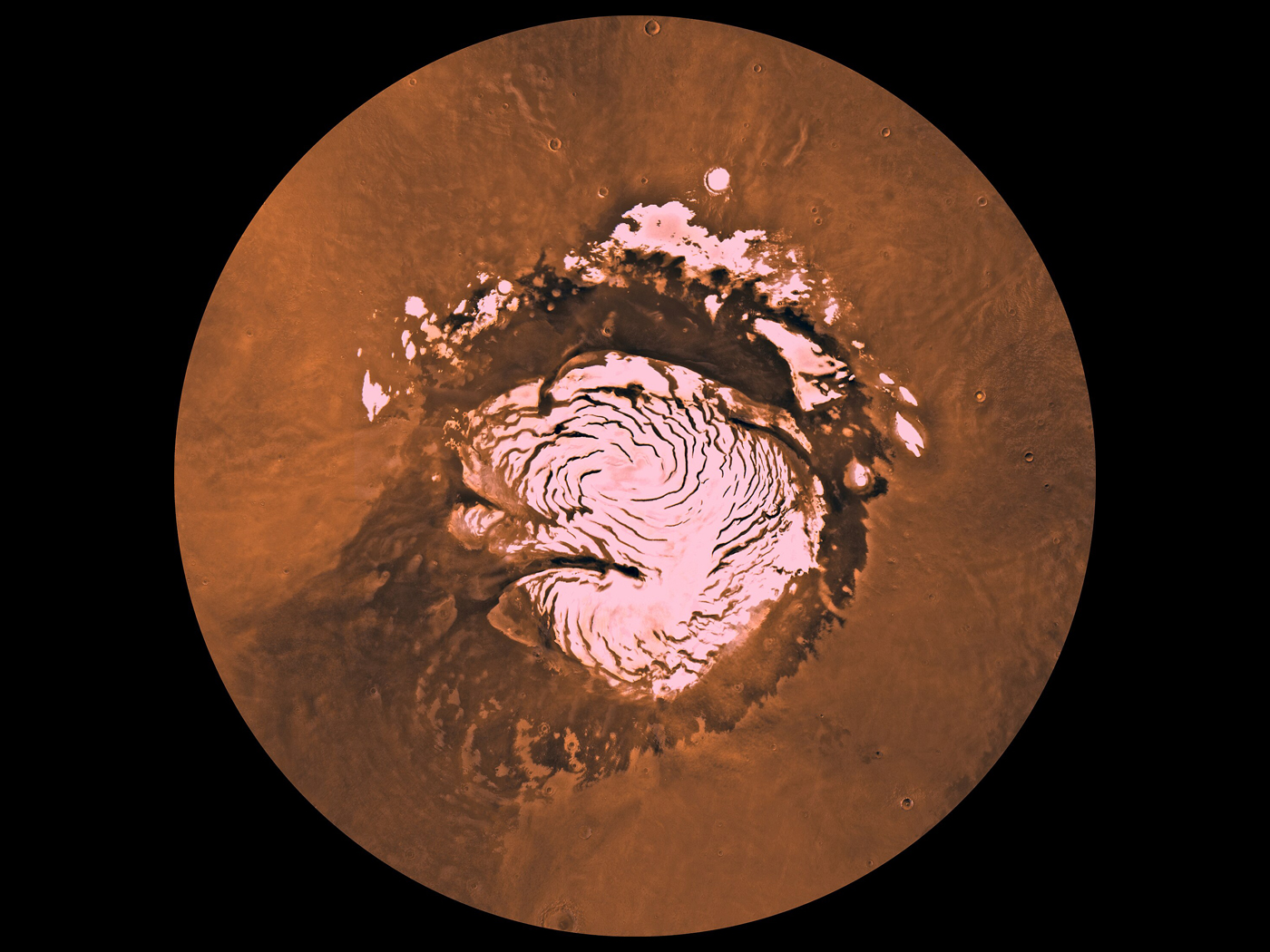Many environmentalists are concerned with the anthropogenic production of carbon dioxide produced by burning fossil fuels. Research projects are being funded across the globe to find ways to sequester the “extra” CO2 produced by these processes in an effort to save our planet.
These results show that the primary minerals that compose limestone can rapidly form—easily within the timeframe of the global Flood in Genesis. ![]()
One of these projects was discussed recently in an article by Valeria Perasso of the BBC News Service.1 She detailed the efforts of a company called CarbFix, a consortium consisting of Reykjavik Energy, the French Centre for Scientific Research, the University of Iceland and Columbia University.
Since 2014, CarbFix has worked with the Hellisheidi power station about 25 miles outside of Reykjavik, Iceland to conduct carbon-capture experiments.1
Plant manager Dr. Edda Sif Aradottir explains,
The process starts with the capture of waste CO2 from the [hydrothermal plant’s] steam, which is then dissolved into large volumes of water. We use a giant soda-machine. Essentially what happens here is similar to the process in your kitchen, when you are making yourself some sparkling water: we add fiz to the water.1
Then the carbonated water is transferred to a deep-well injection site about a mile away and pumped into the local rocks at depths of about 3200 feet.1
The local rock in Iceland is a type of volcanic basalt, one of the most common rocks on Earth. The minerals in basalt contain lots of elements like calcium and magnesium that readily bind with CO2 to form carbonate minerals like calcite, and calcite is the main component of carbonate-rich rocks like limestone.
Basalt starts as magma and cools as it nears the earth’s surface. This rock often contains a high percentage of rounded holes caused by gas bubbles in the cooling magma. The result is a fairly porous rock that resembles Swiss cheese. As the injected CO2-rich water percolates through the holes in the basalt, it dissolves some of the calcium and magnesium from the basalt and precipitates carbonate minerals.
A little over a year later, CarbFix drilled down and cored the surrounding rock near their injection well. What they found surprised them. The basalt rock was speckled with white minerals—nearly all of the holes were filled with carbonate minerals.
The amazing thing about this process is how fast it happened. Sigurdur Gislason of the University of Iceland explains, “Before the injection started in CarbFix, the consensus within the [secular] scientific community was that it would take decades to thousands of years for the injected CO2 to mineralise. Then we found out that it was already mineralised after 400 days.”1
Thousands or millions of years are simply not necessary to make sedimentary rocks. ![]()
Four hundred days is little more than a single year. Uniformitarian beliefs fail again. These results show that the primary minerals that compose limestone can rapidly form—easily within the timeframe of the global Flood described in Genesis. Thousands or millions of years are simply not necessary to make sedimentary rocks. Just like the recent research that demonstrates limestone rocks were deposited rapidly by energetic currents,2 this present study reminds us that secular notions of deep time are not based on observation, but assumptions and imagination.
References
- Perasso, V. 2018. Turning carbon dioxide into rock—forever. BBC. Posted on bbc.com May 18, 2018, accessed May 23, 2018.
- Clarey, T. 2018. Rapid limestone deposits match Flood account. Acts & Facts. 47 (6): 9.
Stage image: Hellisheidi power station
Stage image credit: Copyright © Árni Sæberg. Used in accordance with federal copyright (fair use doctrine) law. Usage by ICR does not imply endorsement of copyright holder.
*Dr. Timothy Clarey is Research Associate at ICR. He earned a Ph.D. in geology from Western Michigan University













